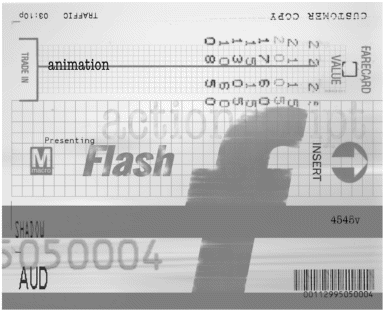Chapter 9. Masking Effects
| Masking is one of those concepts with which people sometimes have a little trouble. However, after you get past the conceptual hurdle , masking is a great addition to your Flash skill set. So what is a mask? You'll hear masks referred to as "holes" or " windows ," but I think my favorite analogy is that a mask is like a stencil. You probably used stencils in your early school years to create posters and signs with neat, concise lettering. To do so, you lay the stencil on top of a piece of paper and paint in the holes. The stencil protects the underlying paper, except where the holes are. When you peel off the stencil, you can see nice, neat painted letters . That's pretty much what a mask does in Flash ”it screens off the underlying layer so that you see only the part where the holes are. In this chapter, you learn how to do the following:
Just in case masking is new to you, and even if it isn't, it's a good idea to review the basics of masking so that you know what works and what doesn't. |
EAN: 2147483647
Pages: 257
